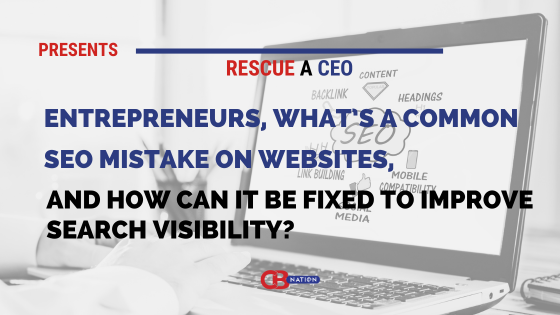It is essentially required by the modern SEO professionals to know about the basics of JavaScript. This is because, in spite of the ever-going debate, the relation between these two cannot be ignored. The most crucial question regarding this is the interface of JavaScript and SEO. This will ensure that the search engine crawlers or spiders can perceive the content of a website properly. This will ensure more realistic evaluation of the user experience.
On the other hand, with HTML, things are entirely different.
- It will work with PHP, CSS, and others and
- It can read directly by the search engine crawlers.
However, a JavaScript-based website is not easy to access and interpret readily. Ideally, the Google crawlers will first scrutinize the DOM and it is only after that it will render the website.
Knowing the basics
If you want to use JavaScript or jQuery in order to better the SEO result and ranking of your website, you will need to know a few basic definitions first before delve into the best practices for optimizing JavaScript and your site. Some of the basic terminologies include:
- JavaScript: This is a programming language basically used in web designing to make the web pages more interactive and dynamic. The good thing is that you can place JavaScript into any HTML document. You can also create a reference or link to it.
- HTML: This stands for Hypertext Markup Language. If you want to know about it in simple words, it is actually a content organizer. It provides a website with its structure that includes headlines, bullet lists, sub-headlines, paragraphs, and others. It also defines a static web content.
- AJAX: This denotes the complex Asynchronous JavaScript and XML. This basically updates the web content but, in the process, it does not refresh the entire page. AJAX actually enables the web apps as well as the servers to communicate but making sure that it does not intrude on the current page.
In addition to the above, it is also required by a modern Chicago SEO professional to also have a basic understanding of DOM or Document Object Model. This is a tool used by Google for exploring and analyzing the web pages. The working process is pretty simple.
- First, Google will receive an HTML document
- Second, it will identify the JavaScript elements in the content
- Third, the browser will then initiate the DOM
- Lastly, it enables the search engine to render the page.
Now that you know about the basics of jQuery, you are ready to use it for your SEO purpose. However, for that there are a few things that you should remember as well.
Ensure the search engines can see
The Robots.txt provides Google search engines with the right crawling opportunities. However, all these opportunities will be unavailable when the search engine cannot see your site. Therefore, make sure that you do not block it from seeing JavaScript or the page so that it appears differently to the search engine crawlers or spiders than it does to the users.
This means that:
- The search engines will not get the complete user experience
- Google may also interpret such activities as cloaking.
In such situations, you should follow the best approach which is to provide the web crawlers with the necessary resources to see the webpages in just the same way as the users.
In addition to that, you will also be better off if you meet with the developers to decide together which specific files that you want to be hidden from the search engines and those specific sites that you want to be accessible to them.
Consider internal linking
Building internal linking is one of the most effective and useful SEO tools that is specifically used to show the show the search engines the architecture of your website. This will also direct them as well as the users to the most important webpages.
However, there is one thing that you should remember in this matter. You must use internal linking but make sure that you do not change it with JavaScript on-click events. This is because the end URLs are most likely to be found and crawled by the search engines along with the on-click events.
However, the web crawlers will not relate them with the navigation of the site on a global scale. Therefore, make sure that you incorporate internal linking by using standard anchor tags within the DOM or HTML. You will be better off this way as this will provide your users with a much better experience.
Focus on the URL structure
All jQuery-based websites typically include fragment identifiers within the URLs. However, you must ensure that you do not use and lone hashtags such as # or hash-bangs represented by #! This is because these are not recommended by Google and therefore will not help in any way for your SEO rankings.
In order to make your URL structure more effective and appealing there are a few specific ways that you should follow. One of the highly recommended method is to use push State History API.
- This will update the URL in the address bar.
- It will also allow the JavaScript websites to leverage cleaner URLs.
In fact, a clean URL is what is required to ensure a better SEO. These types of URLs are considered to be more search engine and user friendly. A clean URL will contain a plain text which is easily understood even by the non-expert users.
You must also consider using push State for infinite scroll. This will once again update the URL every time the user visits a new part of the web page. In a textbook situation, the users can refresh the page but still stay at the exact same spot.
Lastly, you must also consider exploring SEO best URL practices so that you can use them more effectively to improve the user experience.
It is only when you follow these best practices you will be able to relate jQuery and SEO for the best results and higher ranking.
Guest post courtesy of Andrew Russell



















































 |
|